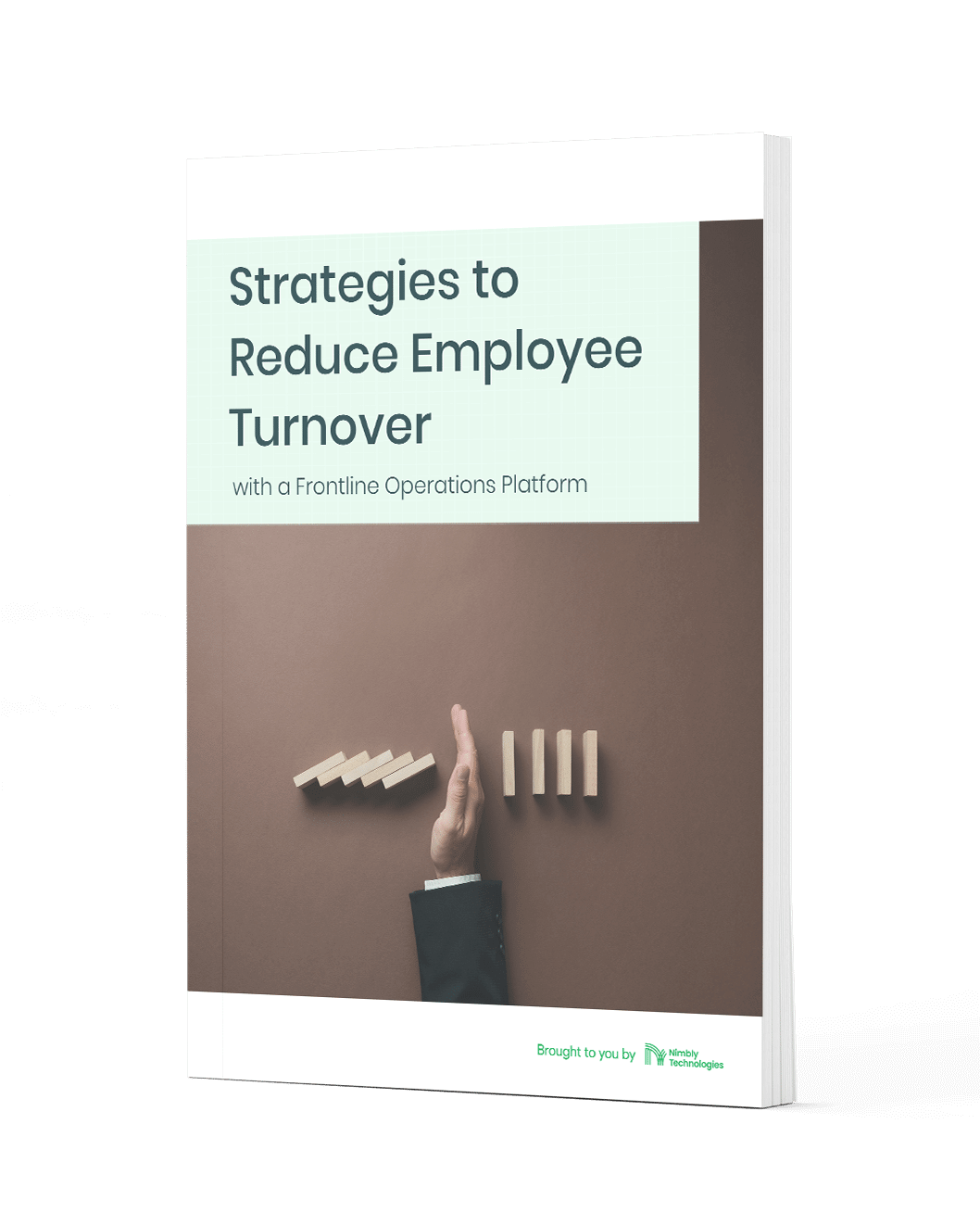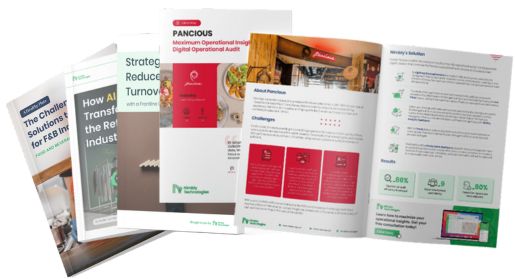

Labor shortage is a top challenge for the retail and foodservice industries –one that appears here to stay, not just globally, but also in your country. According to a recent APAC report (published in August 2022), Labor Shortage is expected to continue until 2030* (*Source PwC August 2022 APAC Survey).
Let’s explore 5 ways to effectively address this challenge that threatens to weigh down the performance of retailers and foodservice companies.
Getting store managers from the desk onto the floor improves store performance especially during labor shortages , while also saving costs. Store managers, who know their brand, products and customers best, provide the most value when they are on the floor - coaching or selling to top clients. It costs the brand money, when store managers are behind desks having to complete clerical work.
Rather than just focusing on hiring new staff that have to go through training, think about how you can get your most experienced and seasoned employees to be on the floor. Collecting data, compiling reports and drawing conclusions can all be easily automated.
Before hiring additional staff, you need to ensure that your current staff is optimized. Scheduling and work optimization in retail and foodservice is full of oversights and inefficiencies that negatively impact retail performances and lead to worker burnout. More than 50 % of retailers still manage their employee schedules, tasks & performance manually - even though it is time consuming and hinders performance optimization.
Relying on a Frontline Operational Platform for the industry can be a game changer when it comes to ensuring optimal efficiency of the workforce. It can go beyond plugging people into roles and shifts and instead looks at the resources available and their impact on historical performance to chart the right path forward. Analytics can identify trends in performance and create schedules with the shifts, people, and skills needed to maximize sales and operational efficiency.
Forward-thinking retailers and foodservice companies are embedding training and instruction into the systems and tools already in use. Instead of expecting new hires to remember all details, task executions are digitalized - tasks that promote engagement with their clients, maintain brand consistency, and increase sales. This way, they know exactly what needs to get done and none of their early tasks slip through the cracks because of unclarity.
Tasks execution are automated with updated, well-documented SOPs. Without them, it takes longer to train people on what to do and how to do it, because of the reliance on more experienced employees and the gaps in documentation. Managers and executives should absorb and document as much of their knowledge as possible, to equip the incoming workforce and ensure a smooth transition from old employees to new ones.
Information and best practices should be documented as digital SOPs, preventing valuable information from being lost. Since experience and processes are well documented there is no longer an over-reliance on specific employees.
And finally, workers are no longer relying on their own knowledge of how to complete a job, but on standardized digital SOPs, there is consistency in work executed.

With an effective frontline operations platform that manages operational execution and communication, you can keep staff engaged, aligned, and ultimately, happy . An engaged workforce results in more productive employees, more satisfied customers and reduced turnover .
Employees want fair compensation, advancement potential, and meaningful work. In order to provide that without going into the red, retailers and foodservice companies need access to transparent data that shows what’s happening on the sales floor and how it maps to ROI.
When the head office can see exactly how store staff are influencing sales across channels, which levers move the needle, and who is leading the pack, it’s much easier to allocate dollars, labor hours, and promotions fairly.
A frontline operations platform can help with building a Culture of Training & Development, implement a A Fair Recognition and Evaluation Process and ensure full Alignment between the head office and all their outlets and staff.
Also read: Strategies to Reduce Employee Turnover with a Frontline Operations Platform
Even when retailers do everything right, some turnover is inevitable. When those transitions take place, store tasks, processes, and customer relationships need to be able to continue without disruption.
When turnover was infrequent, these disruptions were easy to glaze over. Now, retailers have to expect a certain level of turnover even in their best-case scenario—and that means preparing for it. It’s not enough to be ready to act once a resignation has been received, instead forward-thinking retailers are (unfortunately) preparing for staff to leave before they even start. One customer retailer tells us that although they inevitably had staff turnover, they hadn’t lost a single client in the shuffle. Broadly, they created consistency and repeatability in the customer experience across locations and channels.

The retailer created a personalized high-touch customer experience propelled entirely by systems and processes. They looked closely at details that helped seasoned staff stand out, from texting using a real phone number to remembering fabric preferences—and transferred each element from memory into a functional system that drove store operations and created consistency, even through turnover.
While certainly customers value their relationships with specific staff, the true goal is to create a relationship with the brand that goes beyond individuals and channels.
Also read: 5 Must-Have Retail Execution Software Solutions to Simplify your Operations
